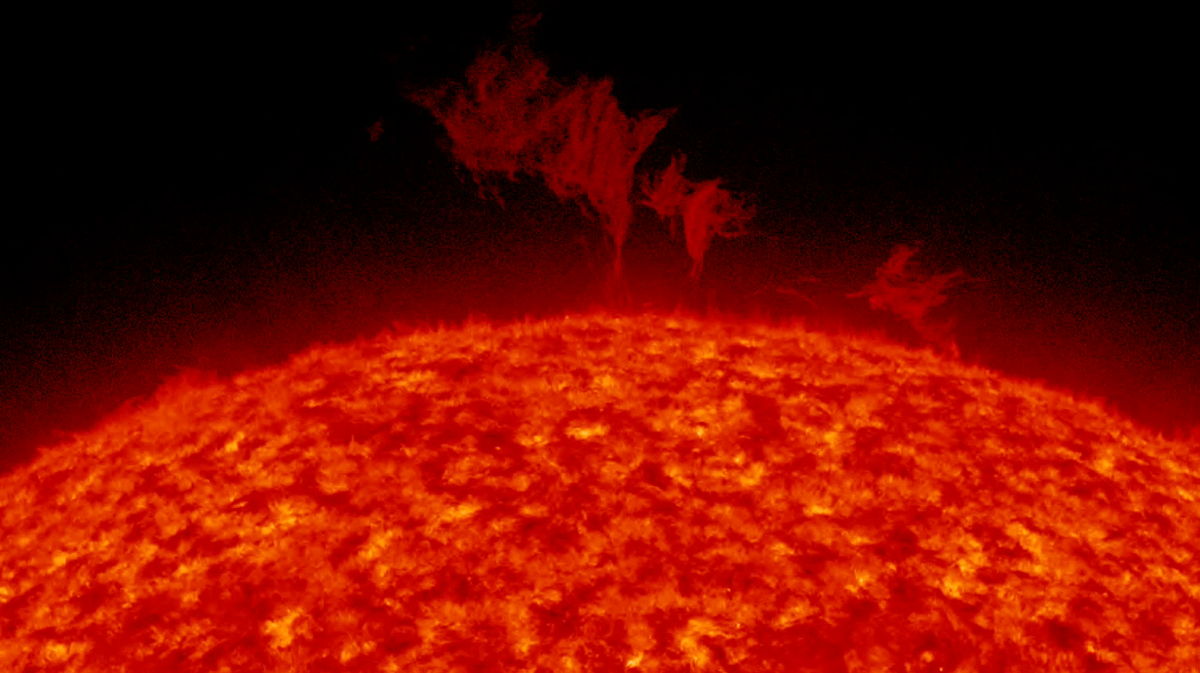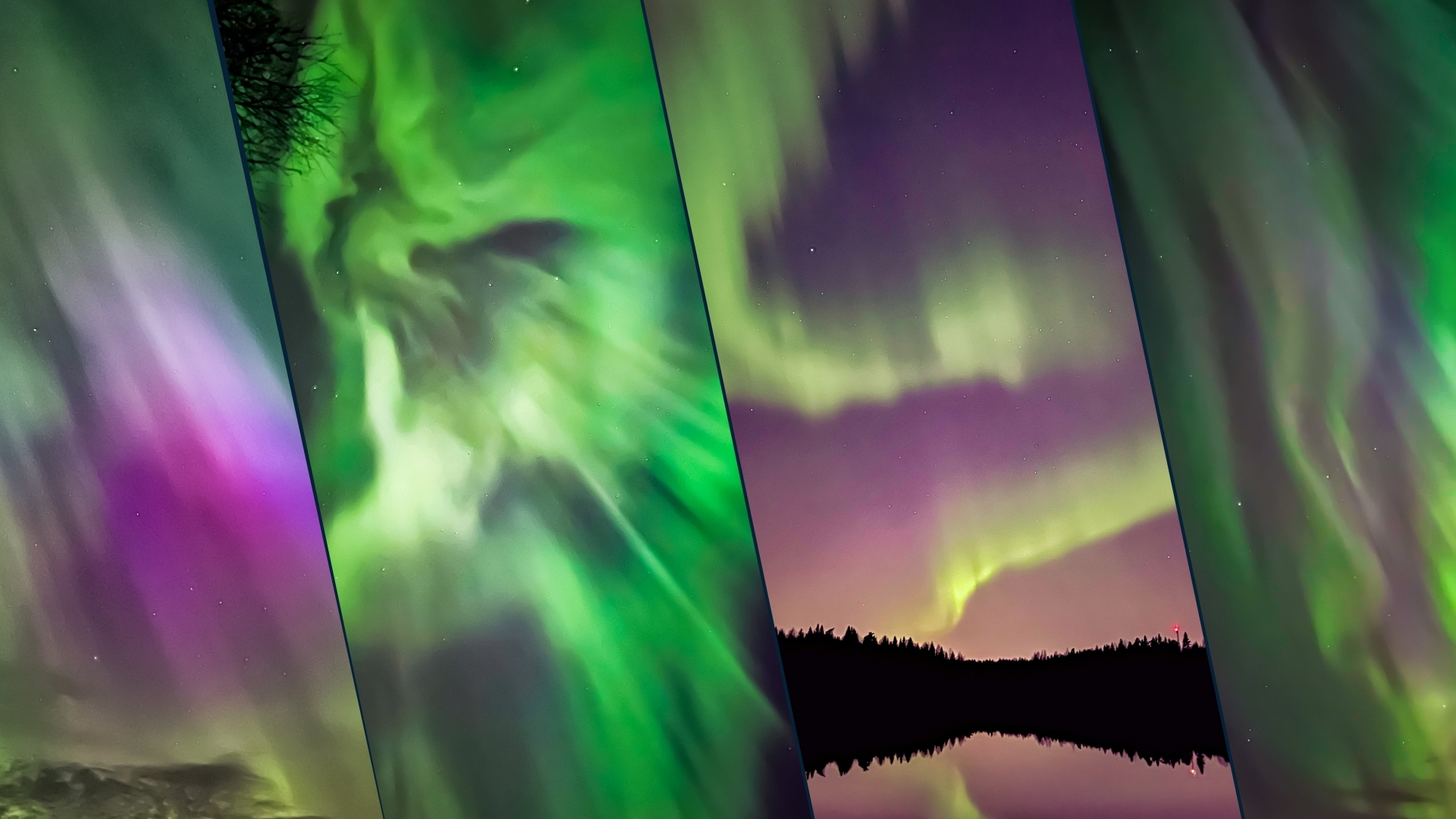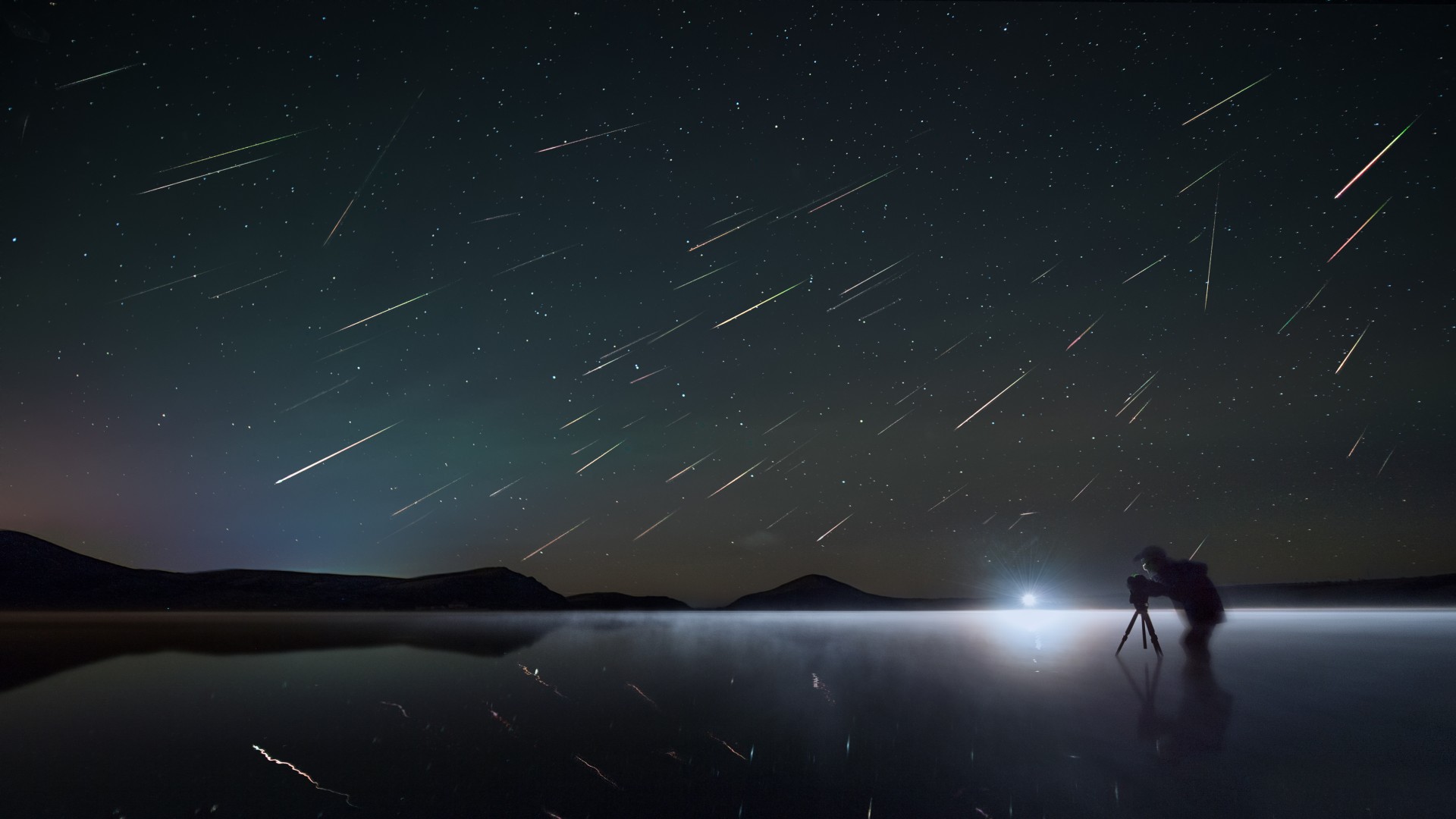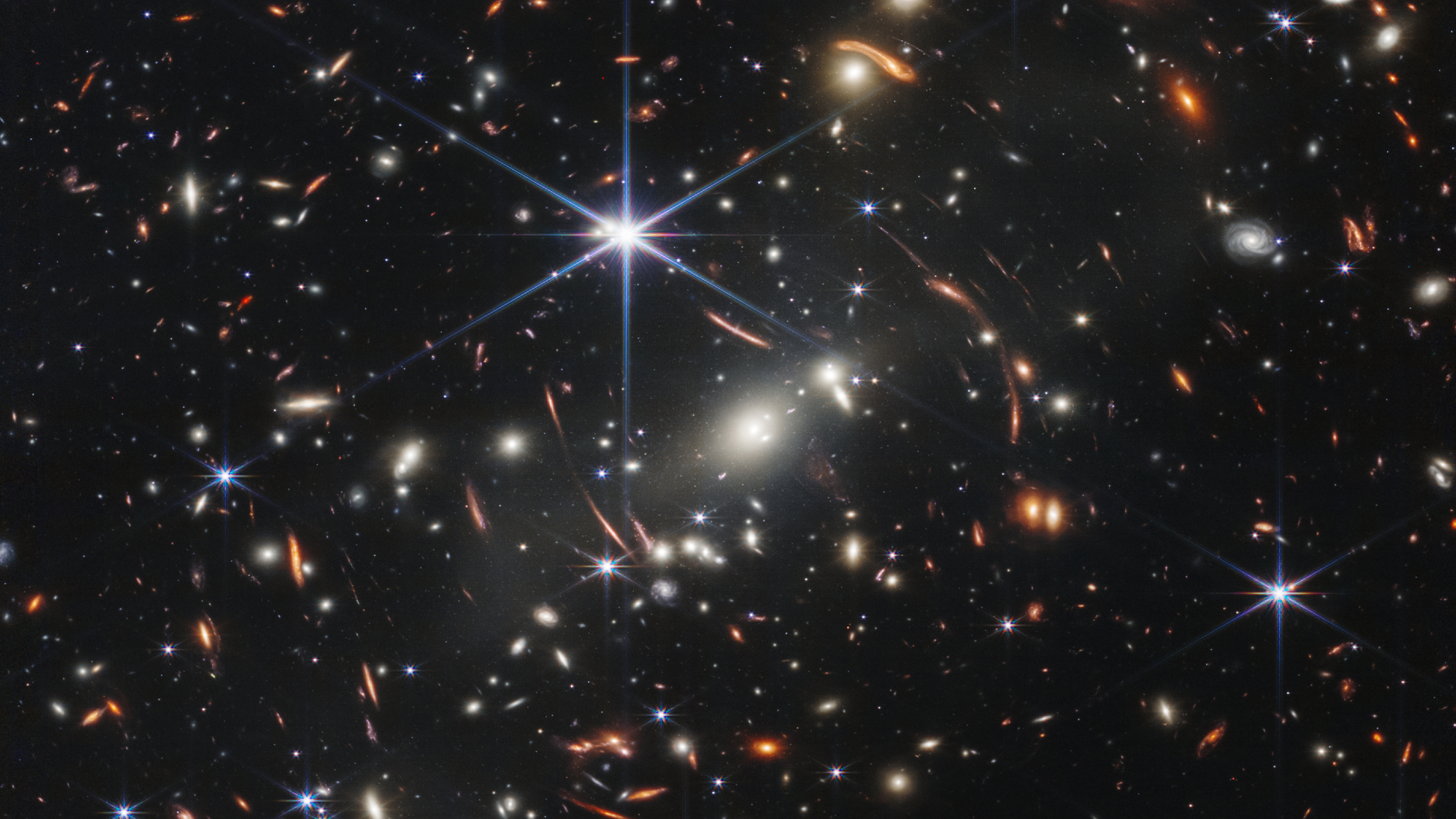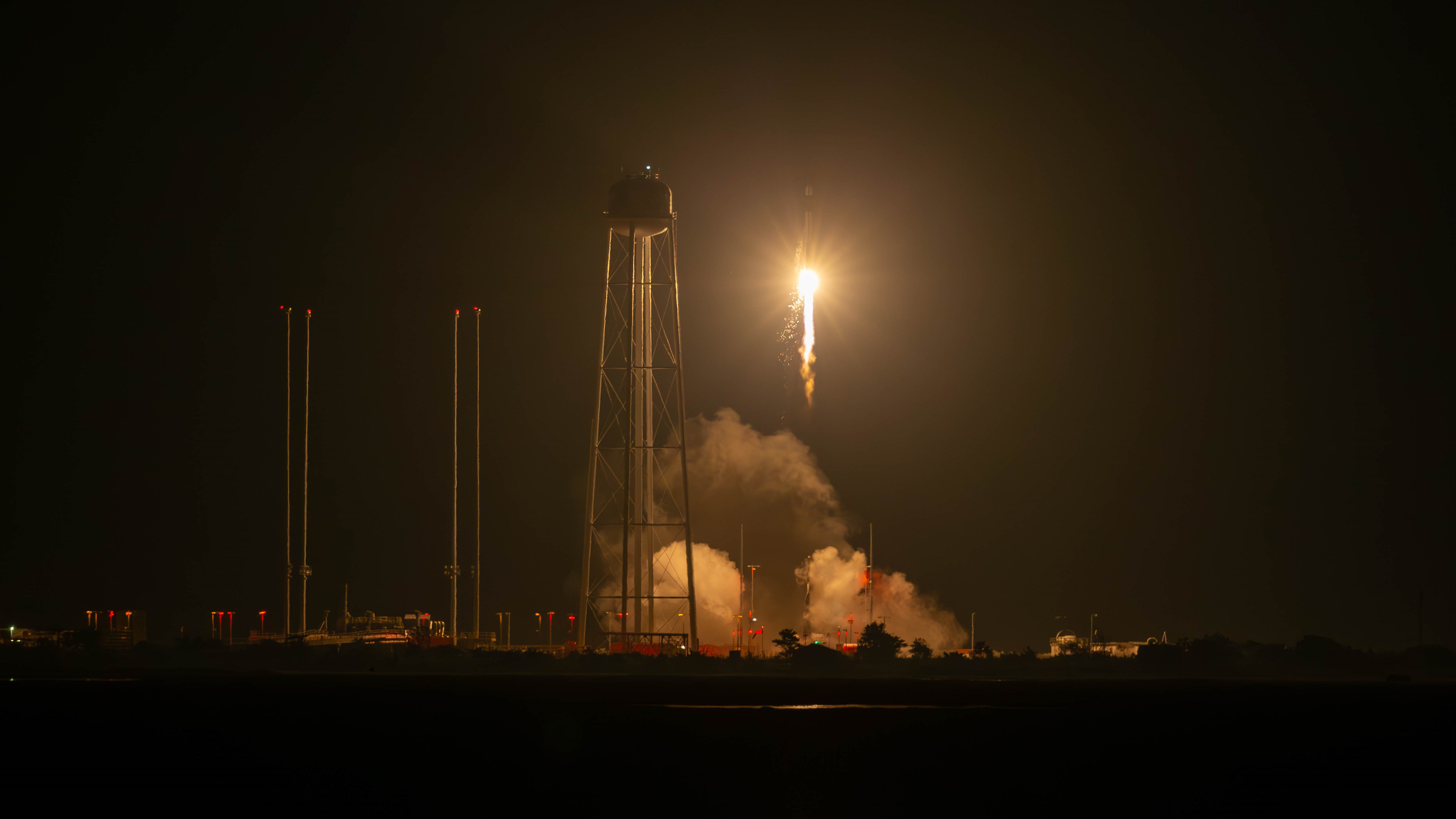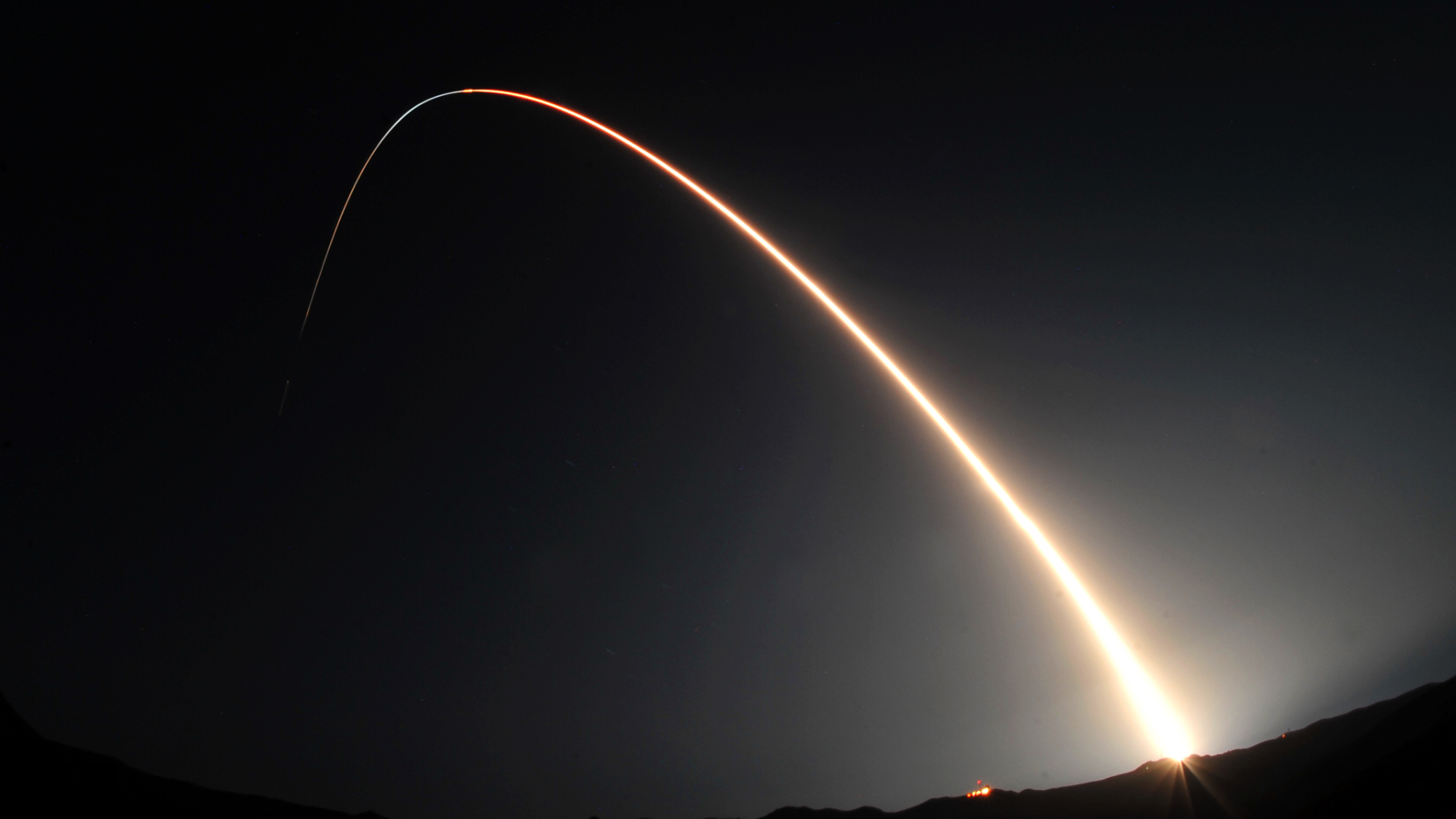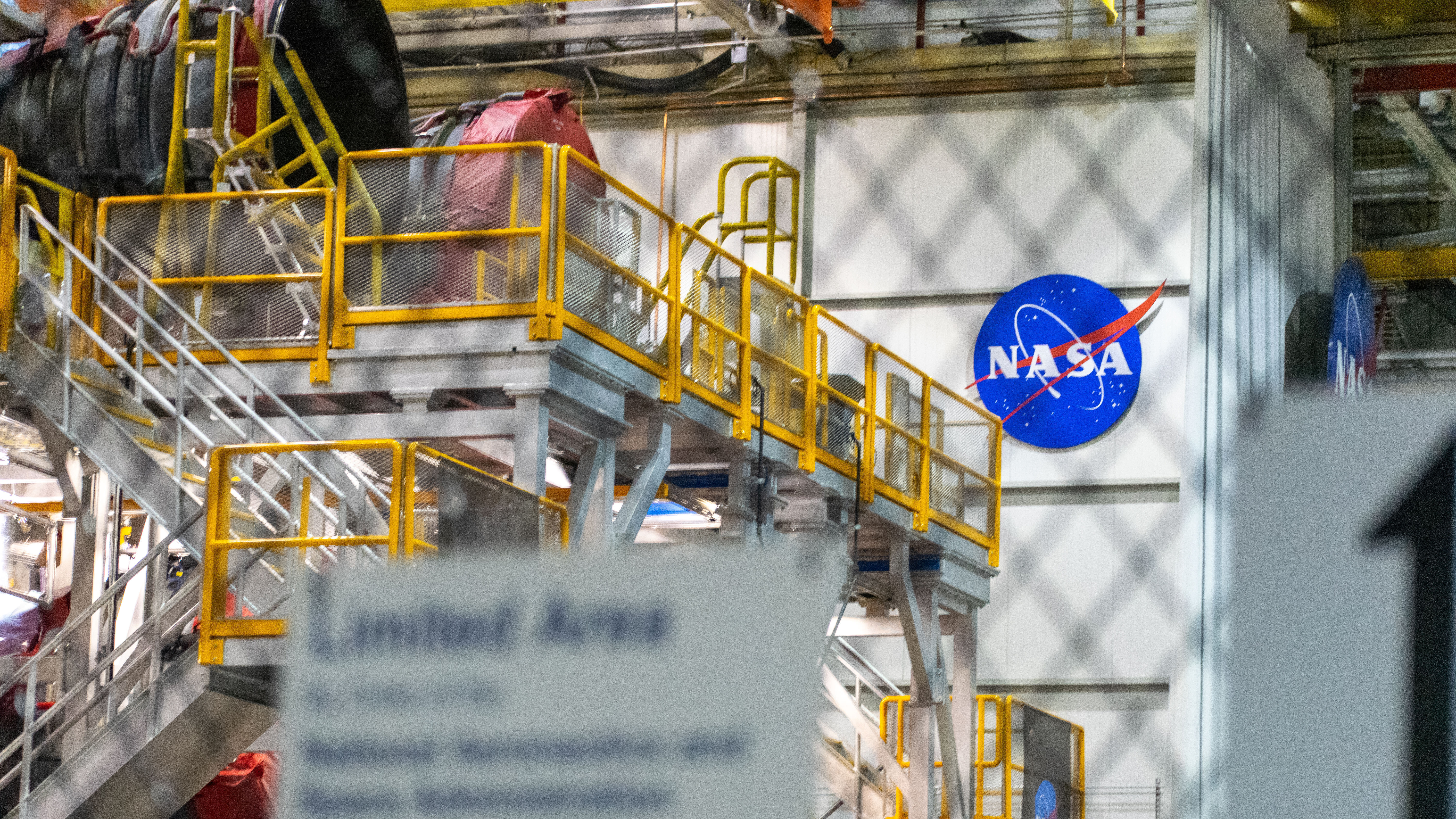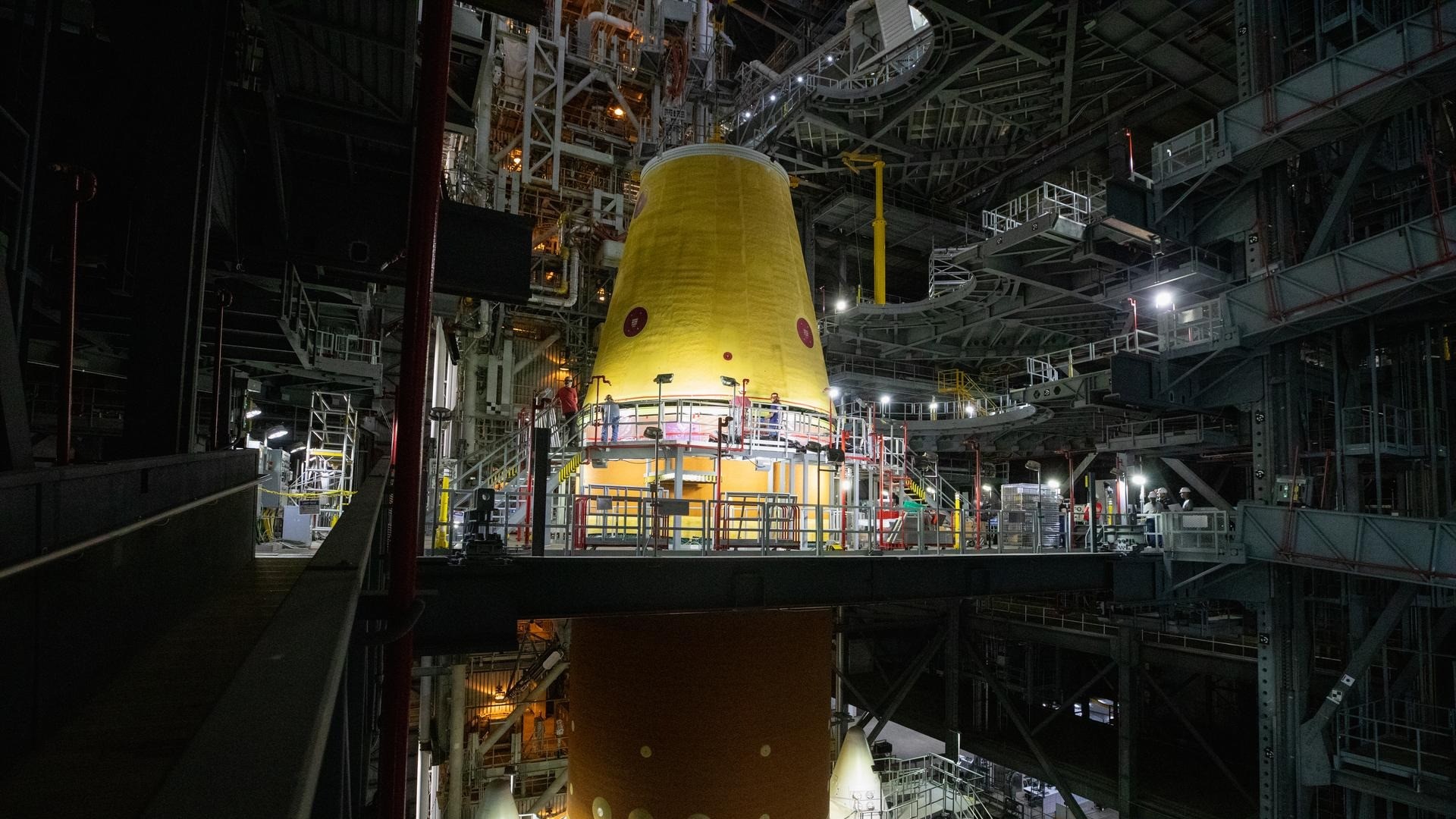Lego reveals space shuttle Discovery set featuring Hubble Space Telescope
Just in time for the 40th anniversary of NASA's shuttle.

Once described as the most complex flying machine ever built, comprised of more than 2.5 million moving parts, you can now assemble your own model of NASA's space shuttle using just 2,354 pieces.
Lego on Monday (March 22) revealed its new NASA Space Shuttle Discovery set, which not only replicates its full-size counterpart in amazing detail, but does so as it was configured for one of its most well-known and historic missions: the launch of the Hubble Space Telescope.
"I always liked that combination of very compact, almost miniature, but very elegantly detailed, and I think that's exactly what the Hubble model within this set reminded me of," astronaut Kathy Sullivan said in an interview with collectSPACE.com.
Related: Inside Lego's new NASA Space Shuttle Discovery set
More: The best space Lego sets and deals
And she would know. Sullivan flew as a mission specialist on Discovery's STS-31 mission in 1990, giving her a front row seat for the deployment of the observatory.
"I hadn't known what to expect in terms of how large Discovery would be," Sullivan said about her first time seeing the new Lego set. "It's about like two feet long. It's really very impressive size."
Designed with adult builders in mind, the Lego NASA Space Shuttle Discovery packs a lot of detail into that two-foot (0.5 m) package. The landing gear deploys, the control surfaces on the wings (elevons) move and the payload bay doors open to expose the reflective radiators, the Canadarm robotic manipulator, the Ku-band antenna and even video cameras for the "crew" to monitor the activities outside.
Get the Space.com Newsletter
Breaking space news, the latest updates on rocket launches, skywatching events and more!
"Translating this into Lego was an exciting challenge," Milan Madge, who led the design of the set for the Denmark-based toy company, said in a statement. "In the real vehicle, every inch of space is used in ingenious ways. Generally, in a Lego model we can rely on the size to accommodate the structure that holds the whole set together, but on the Discovery Space Shuttle we needed to create a smooth exterior and an interior capable of holding the payload."
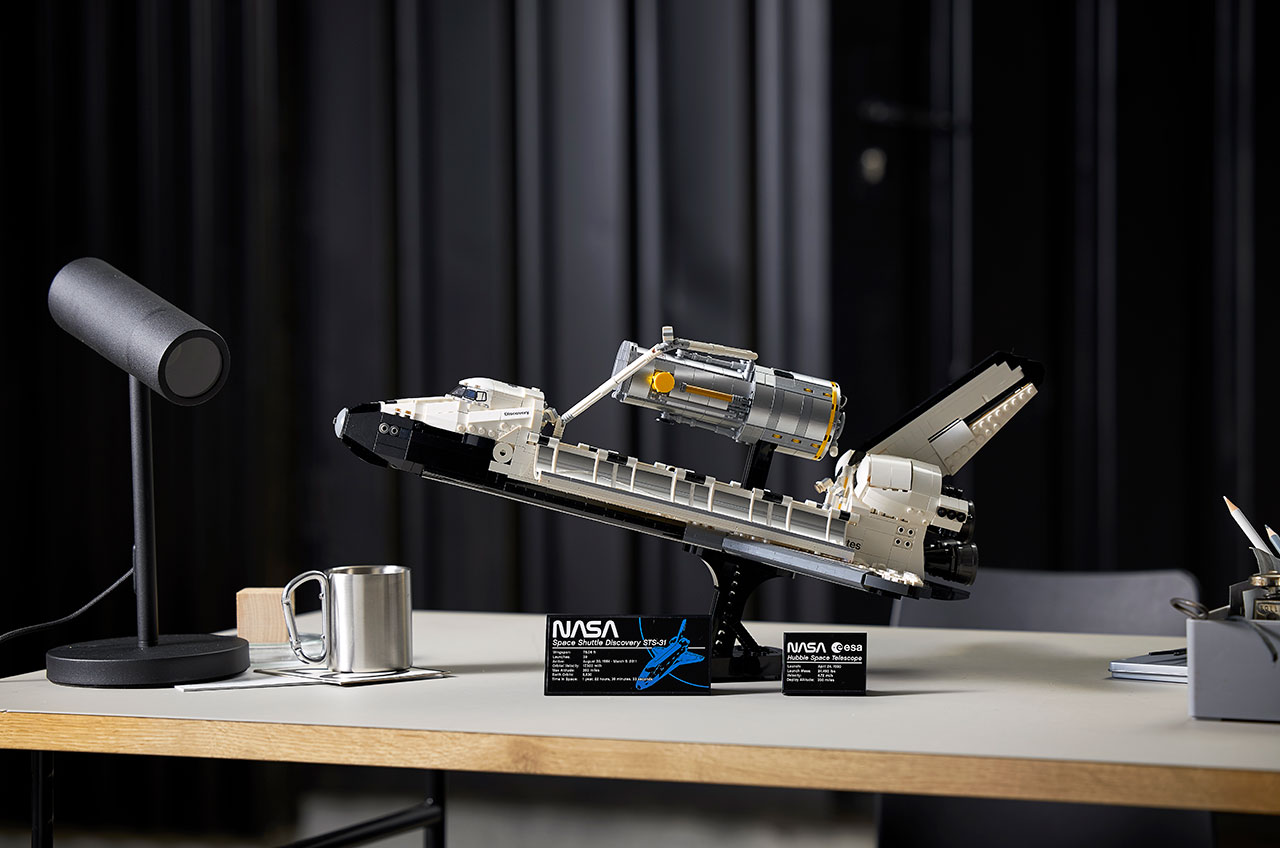
It is not just the cargo bay that opens. The crew cabin opens to reveal the flight deck with the orbiter's control panels and crew seats. Below that, the middeck includes the crew's equipment lockers and the airlock leading into the payload bay.
"And for all I know, Bruce [McCandless] and I are represented inside that airlock, which is where we were stuck when Hubble was deployed," said Sullivan with a laugh. "So I leave it to the intrepid modeler to determine if there are two spacesuited figures locked inside that airlock just like there were on Discovery on the day of the deploy."
Sullivan was also surprised to find that the model features not only the vertical stabilizer- or tail-mounted speed brake, but also the elevons, the control surfaces on the orbiter's wings.
"A lot of people look at the trailing edge of the shuttle's wing and think of it as the traditional elevator like you see on the backend of an airplane's wing," she said. "On the space shuttle, it's a combination of an elevator and an aileron, called an elevon. And so I thought, let's see if they got the elevons right — they operate opposite each other. And indeed they got that right."
Related: Lego's International Space Station model is out of this world
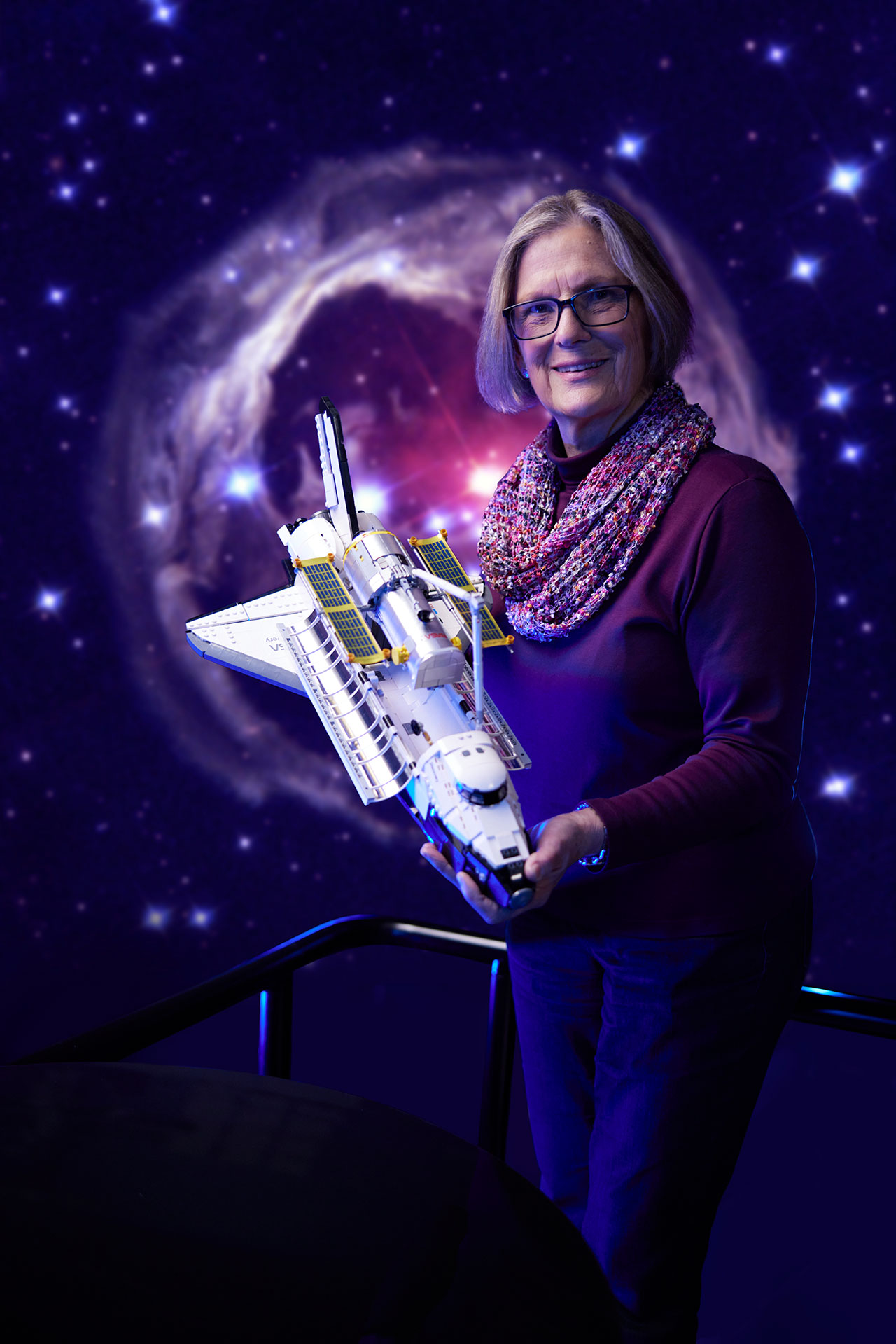
"And you don't have to just manhandle the elevons. In a very clever twist. you can twist the center main engine bell and that will rock the elevons back and forth," said Sullivan.
The same attention to detail was given to Lego's model of the Hubble Space Telescope, which can either be placed into Discovery's payload bay or displayed on its own included stand.
"Though this is a little bit of an anachronistic [detail], they've got the grapple fixture on the aft end that was put on by the final servicing crew," said Sullivan, whose book "Handprints on Hubble" details the history of the space telescope, as well as her own story. "You can also see they've represented the lens if you look in the front end of it. It's just really super."
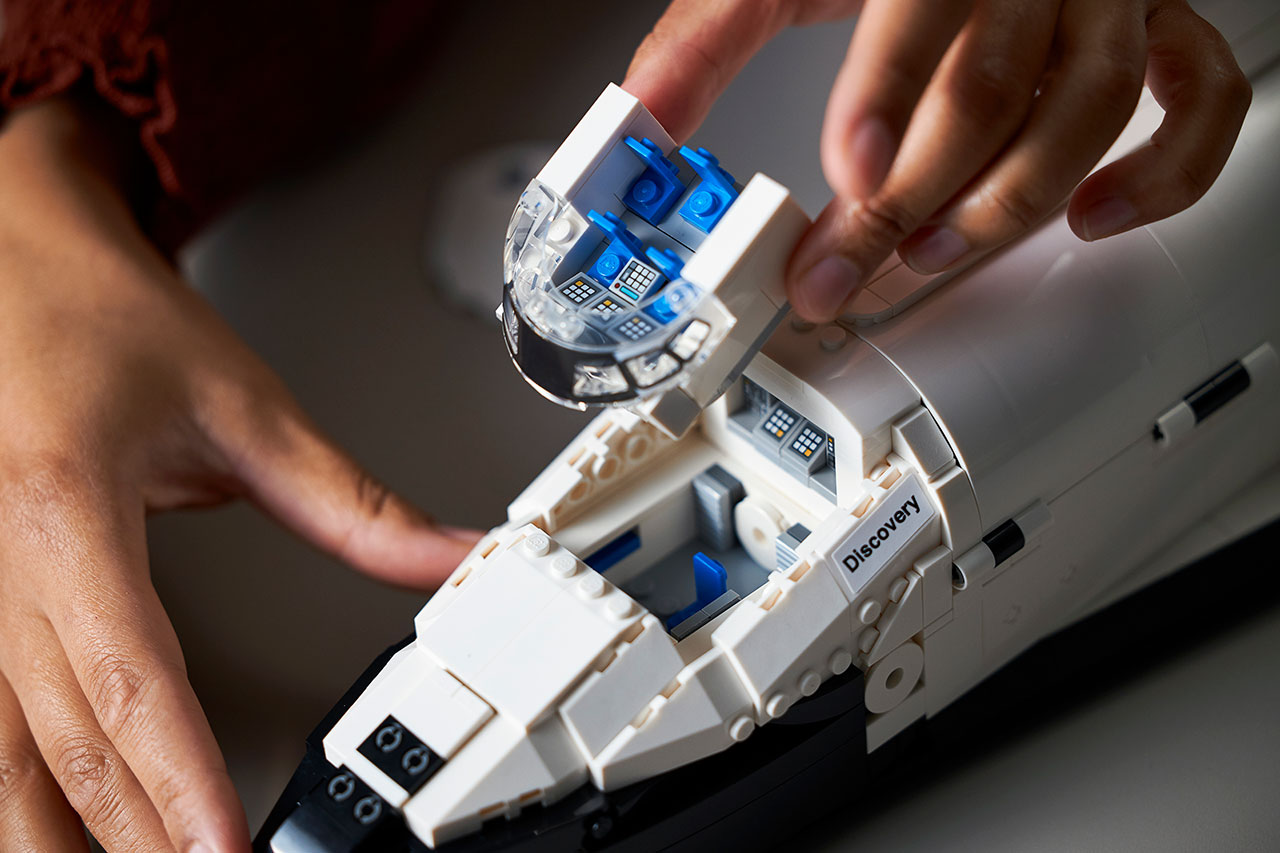
Produced in celebration of the upcoming 40th anniversary of the first space shuttle mission, the Lego NASA Space Shuttle Discovery set will retail for $199.99 when it goes on sale on April 1 at Lego Stores and on Lego.com.
Complementing the set, members of the Lego VIP loyalty program will also be able to redeem 1,800 points to receive a Lego model kit based on another of Discovery's payloads: the Ulysses space probe. Also deployed in 1990, Ulysses' primary mission was to study the Sun.
In addition, beginning on April 18, Lego stores nationwide will display real images taken by the Hubble Space Telescope that have been translated into LEGO form.
Click through to collectSPACE to see more photos and video of the new LEGO NASA Space Shuttle Discovery set.
Follow collectSPACE.com on Facebook and on Twitter at @collectSPACE. Copyright 2021 collectSPACE.com. All rights reserved.
Join our Space Forums to keep talking space on the latest missions, night sky and more! And if you have a news tip, correction or comment, let us know at: community@space.com.

Robert Pearlman is a space historian, journalist and the founder and editor of collectSPACE.com, a daily news publication and community devoted to space history with a particular focus on how and where space exploration intersects with pop culture. Pearlman is also a contributing writer for Space.com and co-author of "Space Stations: The Art, Science, and Reality of Working in Space” published by Smithsonian Books in 2018.In 2009, he was inducted into the U.S. Space Camp Hall of Fame in Huntsville, Alabama. In 2021, he was honored by the American Astronautical Society with the Ordway Award for Sustained Excellence in Spaceflight History. In 2023, the National Space Club Florida Committee recognized Pearlman with the Kolcum News and Communications Award for excellence in telling the space story along the Space Coast and throughout the world.



